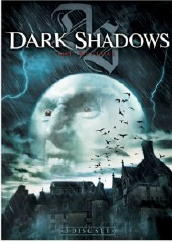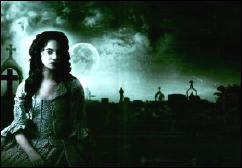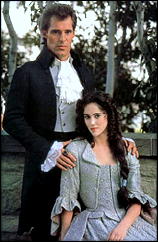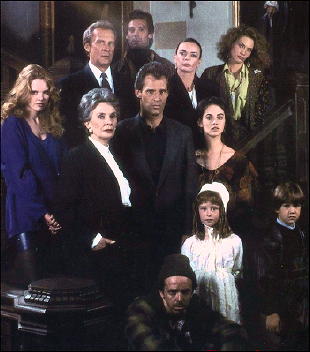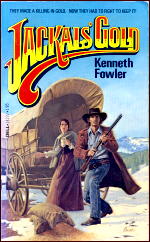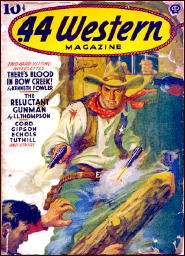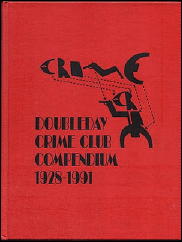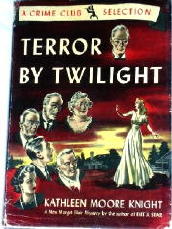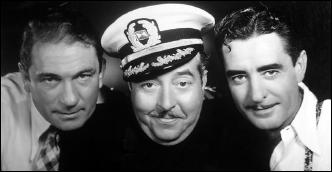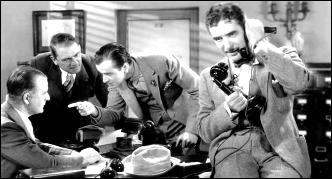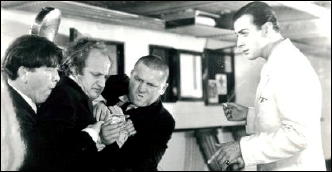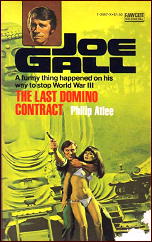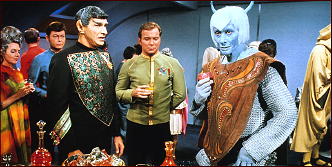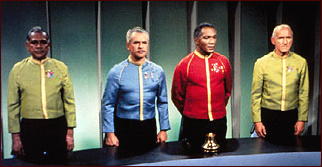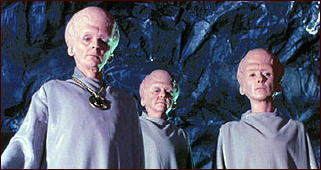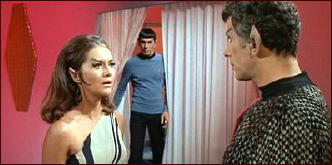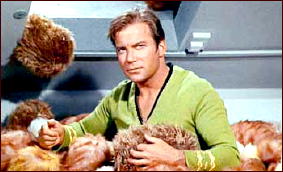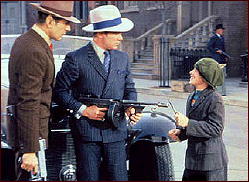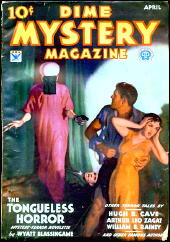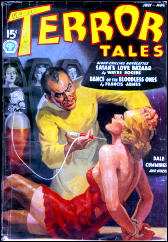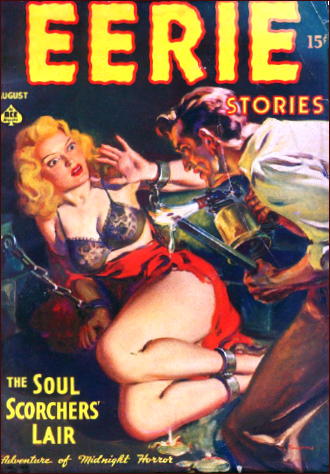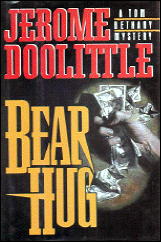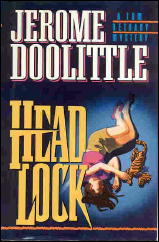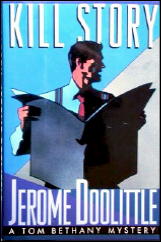CONVENTION REPORT: PulpFest 2012
by Walker Martin
As I think back on the many pulp conventions that I have attended, I am reminded of the many friends that I have made and the bookish traditions that we started over the years. For instance, when I was a newly wed collector, my wife and I attended the first four Pulpcons, 1972-1975.
But then children were born and she had to stay home plus let’s face it, non-collectors eventually get tired of the dealers room and the constant discussion about books and pulps.
Then I started driving out and sharing a room and expenses with the greatest book and pulp collector that I ever encountered: Harry F. Noble. He was so modest that most collectors really never knew anything about him. But we both lived in NJ and visited each other hundreds of times during our almost 40 year friendship. Since Harry’s death, I’ve been driving out with NYC art dealer, Steve Kennedy.
That is how this convention started with Steve arriving at my house on Wednesday in order to sleep over so we could leave early on Thursday morning. Another tradition of a few years standing. We started off the festivities with a dinner at the Metro Grill in Trenton and five days later we ended it with another visit to the Grill and I had the same salad, pizza, and beer both times. Guess I’m set in my ways.
But the greatest tradition in my life is Pulpcon, now known as PulpFest. I do not see a difference in the two conventions. PulpFest is not a different, separate event. It is the natural continuation of Pulpcon. The present committee had the foresight to see that Pulpcon was dying and they broke away and formed a stronger and better convention with a new name and a more enthusiastic approach to collecting. But I still see it as the natural evolvement of the Pulpcon started all those years ago in 1972 by Ed Kessel and continued by Rusty Hevelin.
We left early Thursday morning at 7:15. We rented a van as usual because a car won’t hold all the pulps and books that will be bought. Ed Hulse was the driver; I was riding shotgun; Steve Kennedy was the official talker, and Digges La Touche, otherwise know as The Major, was laying down in the back row reading. He is not called The Reading Machine for nothing.
Our attitude was drive hell for leather, PulpFest or Bust, and get to Columbus, Ohio in record time. Ed was willing to do this but the State Trooper on the Pennsy Turnpike took a dim view of our policy.
Two hundred dollars poorer, we continued our mad rush to financial doom. But my attitude has always been that book collecting is the very best addiction. It won’t ruin your health like smoking, drinking or drugs. It won’t break you like fooling around with women or gambling. In fact, you might even make some money when you sell some of your collection. So I always say to hell with bills and family responsibilities; collect books and pulps instead.
To give you an example of my madness, just a few days before the convention, my central air conditioner bit the dust after 23 years of loyal service. The repairman said not only did I need a new unit but I needed a new furnace also. I went for top of the line, high efficiency, which cost $12,000.
Many collectors would say at this point, forget PulpFest, I don’t have the money. But serious collectors who are truly addicted will say full steam ahead, I’m not going to miss PulpFest! To top it off, I had to move dozens of boxes and hundreds of books to make room for the workers to install the furnace.
Since I am no longer the young collector that I once was, needless to say I injured my shoulder and suffered all through the convention with a twisted and wrenched arm. This didn’t stop me either though it was not fun to try and sleep through the pain. Book collectors must have the attitude that the show must go on.
I have a theory that collecting books and old magazines keeps you young and interested in life. I wake up each day, eager to read books or pulps from my collection. I’ve been retired many years since quitting my job at age 57 and these years have been the happiest of my life.
Believe me work is a waste of time if you are a book collector. If you can swing it, sell some of your collection and retire, you won’t regret it.
Let me give you another example of how book collecting keeps you young. The Major, is 70 years old, yet he had no problem with the cramped quarters in the back of the van. If fact, every time we stopped for gas or food, he leaped out of the van, hopping like the energizer bunny.
Nine hours later, we arrived at the hotel which looked quite new and not at all like the dump we were in last year. There was an enormous complex of meeting rooms in the Convention Center, along with many stores and a big food court. Many restaurants were in walking distance. The Hyatt was worth the extra money and I gleefully paid the con rate of only $109 per night.
At first I was stunned to discover that there was no hospitality room. Another tradition I have is after a long, hard day of buying books and pulps, I like to unwind with a nice dinner and have a couple drinks talking to other collectors in the con suite.
I heard that the hotel wanted too high a price for the room plus they wanted to supply a bartender and the liquor. Whether or not this is all true, I found that the big bar on the second floor was a good substitute. The only problem was the annoying presence of many non-collectors boozing and talking at the top of their voices. I thought about telling them to shut up so we could talk about books, but they were quite younger than me and might injure my other shoulder.
Speaking of drunks, several people asked me the question, “What is Pulpfest?” I not only wore my con ID badge but I also had my usual pulp t-shirt on. I noticed the Thrilling Mystery cover showing cretins menacing a young girl was especially objectionable to many non-collectors.
Why, I have no idea. I always responded the same way, that PulpFest was a convention of people who collecting old books and magazines. This always resulted in a puzzled stare at my shirt or plain disbelief. I mean what can you expect from non-collectors.
But I realized I may have made a serious mistake when I got on the elevator and two drunks who were younger and bigger than me stared at my shirt with angry expressions. Holding the elevator door open to prevent the elevator from moving they asked me in a very confrontational manner, “What the hell is PulpFest?” Only they used a stronger word than “hell.”
I gave my usual answer about old books, etc. They both cursed at the same time and I figured I better take the stairs. They let me go but were not happy about it. This reminded me once again of that old saying, “the non-collector will never be able to understand the collector.” Most non-collectors may look at your collection with a straight face but they really think you are crazy or a hoarder.
To avoid mean drunks and non-collectors, I hung out in the dealer’s room just about all the time. Attendance was similar to last year and the room was enormous with 115 dealers. The tables were full of pulps, digests, vintage paperbacks, books, dvds, pulp reprints, and artwork. For a collector, it was as if you had died and gone to heaven. It did appear to be too dark in the room, so hopefully this can be corrected next year.
One collector I was very glad to see was Gordon Huber. He has been to every single pulp convention either under the name Pulpcon or PulpFest. Since Gordon is in his 80’s, I am always glad to see him walking around. It give me hope that I may survive so long.
Jim and Walter Albert were there as usual and if you had told me that they would be bringing two long comic boxes filled with Adventure pulps, I would have said no way. But they did, and their table may have been the best one with the hundred issues going back to the teens.
Also of note were the several tables of SF digests, all priced very low. Forty years ago I did not buy many issues of Fantastic and Amazing but I filled up two large boxes with back issues of these two titles.
Also present were long runs of the digest Analog, F&SF, Galaxy, etc. And then Art Hackathorn had a 50% off sale on several tables of pulps. These bargains all proved once again that it is worth attending PulpFest even with the extra expense of traveling and room rates.
The auction consisted of over 300 lots. It began at 9:30 pm and lasted past 1:00 am. In the beginning hours there were many bidders but as the night went on less and less collectors were present.
I managed to last until about the half way point and then Scott Hartshorn and I went to the Big Bar on 2 for beer. I understand by the end of the auction items were going for very low prices.
However there were some big items in the early lots. For instance there were four gigantic boxes of PEAPS mailings spread throughout the auction. Each big box contained 25 mailings. PEAPS 1-25 went for around $600; PEAPS 26-50 went for $500. I believe the two later boxes also received high bids. Lot 50 of Leonard Robbins Pulp Magazine Index (6 volumes), went for $600.
The rest of the auction was mainly items from Al Tonik’s collection, a few pulps and many reference books. His DeSoto cover painting recreation of a Phantom cover went for $900.
The Guest of Honor was SF author Mike Resnick and following his speech were panels such as “Barsoom and Beyond,” “J. Allen St. John,” and “Tarzan on Mars.” Saturday night we had panels on Robert Howard and “The Illustrated Conan.” Artists Jim and Ruth Keegan and Mark Schultz discussed this last topic.
There was so much going on that I couldn’t take it all in. One discussion I had to miss was the talk that John Locke gave on pulp magazines. Even Thursday night had interesting panels such as Ed Hulse and Garyn Roberts discussing John Campbell and Astounding, Rick Lai on how French literature may have influenced writers, Henry Franke on “Tarzan: A Hero for the Ages,” and Ed Hulse again, on Burroughs as a movie producer.
Like last year FARMERCON and the New Pulp movement were present. FarmerCon of course refers to Philip Jose’ Farmer and the New Pulp movement is about new stories and novels dealing with pulp series, etc.
I mentioned that I bought a couple hundred digests above. But I also obtained many pulp reprints, especially those from Altus Press. I found a few pulps I needed and bought some pulp artwork from Beyond Fantasy Fiction.
I had my usual dealer’s table and sold some dvds and a near complete set of The MYSTERY FANcier. But my biggest sales continued to be the cancelled checks showing the payment to pulp writers and artists. Talbot Mundy and Walt Colburn checks sold as well as an interesting $2.00 check to an unknown woman for “A Black Mask idea”.
By the way, after 21 issues Tony Davis will be leaving as editor of The Pulpster. We will all miss him. I do want to correct one thing. Don Ramlow wrote some notes about the final years of Pulpcon, titled “Pulpcon’s Final Chapter.” The subtitle is “The End of the Little Convention That Could.” Pulpcon is not dead; it did not die. It lives on in PulpFest and continues to this day.
PulpFest gives a nice award each year and this time there were two winners. Matt Moring of Altus Press received the Munsey Award for his line of pulp reprint books. Jack and Sally Cullers received the Rusty Hevelin Service Award for their many years of hard work at the conventions.
And finally to close out this report I would like to thank the PulpFest Committee for another great convention. Without Mike Chomko, Jack Cullers, Barry Traylor, and Ed Hulse, there would be no pulp convention in the summer.
I’ve been going almost each summer for 40 years, so I need my fix for my book addiction. These four collectors have put on another excellent event. I hope to attend again next year and hopefully so will everyone reading this report.
